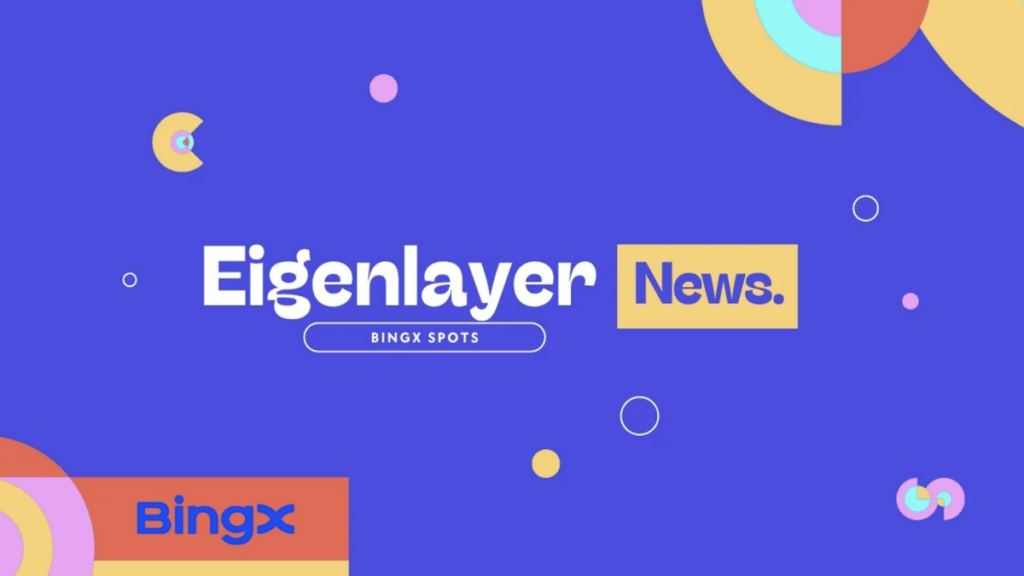One of the biggest innovations of Web3 is in leveling out the earning field between players and game companies. The relationship between players and games has been largely unequal with only game companies standing to gain financially from it.
Gamers so far have benefited from the satisfaction they gain from playing and exchanging money for the entertainment that gaming provides, which, up until now, has been considered only fair.
The Metaverse fixes this imbalance by employing innovations like Play-To-Earn games like Illuvium, Axie Infinity, Decentraland, and The Sandbox. Because of advancements in blockchain technology, gaming has come a long way.
As discussed in How To Take Advantage of P2E Games, players can earn assets within the game and receive prizes that have actual value. This entails that games that are released on Web 3.0, and can be played in the Metaverse realm, give players the opportunity to be rewarded for their participation by allowing them to earn tokens while playing the games.
Basically, Web 3.0 has effectively eliminated game capitalism and distributed financial power to users, players, and practically anyone, who has access to the internet. In this article, we discuss the features of Web3 gaming.

Key Features of Metaverse Gaming:
Web3 gaming is basically decentralized gaming, where the rights and ownership of in-game operations are distributed between the users and the platform. It is supported by and thrives on a few features, including:
Play-To-Earn
Players are able to acquire non-fungible tokens and cryptocurrencies through different aspects of P2E-based games that enable them to earn virtual assets from in-game currency to cryptocurrencies and NFTs. These tokens and cryptocurrencies can then be traded or sold on the open market. Players can also earn fiat currency as a reward by completing tasks set in the game. There are various ways you can earn rewards, such as, gathering in-game currency that can be exchanged for real currency, minting NFTs and virtual assets in-game, staking and scholarships.
Old Game Integration
Another intriguing aspect of Web3 gaming is that it integrates and upgrades more traditional game models into the metaverse and blockchain platforms, thereby giving these games a decentralized mode of operation. Each player has a game they gravitate toward more than others, so Web3 provides the opportunity for players of classic and well-known games to enhance their experience by extending these games into the Metaverse. Here, players can create their avatars and engage in in-game assets and collectible trading with other players.
Self-Sovereignty and Ownership
Self-sovereignty is the aspect of Web3 that hands control to users and gamers over their virtual assets, personalized in-game experience, activities, and intellectual property. It allows users to transfer their acquired in-game assets from platform to platform and retain ownership over them.
Player-centricity
Leveraging on factors like play-to-earn, old-game integration, and self-sovereignty, the Web3 gaming ecosystem is individualized for each player based on their preferences. Players stand to benefit in a variety of ways through participating in Web3 gaming, from earning profit via their in-game items, to playing their favorite games on the metaverse, by having them integrated into the platform. Both aspects of player-centric gaming work to the player’s advantage by taking care of the players’ desire to earn profit through their in-game possessions.
Transparency
Based on blockchain technology, Web3 games are highly invulnerable and almost impossible to hack, relying on voting consensus to change the gaming process, and is equally accessible to all players engaged on the network. Every activity is recorded on the blockchain, and in this way Web3 gaming maintains a high level of openness and transparency.
Zero Downtime
Being self-sustaining, web3 gaming platforms founded on massive data storage infrastructures are highly scalable and require very little maintenance, meaning they rarely crash.
Conclusion
As a result of incorporating metaverse and blockchain technology into the gaming industry, Web3 gaming has completely reshaped the competitive gaming landscape, leading to virtual gaming democracy. This is just one of the innovations that integrate user content ownership into the evolving internet, and we hope we’ve helped you understand some of it. To find out more about earning on Web3, read up on Futuristic Jobs in the Metaverse or the top 10 Metaverse questions answered.
Author

Metaverse architect, exploring the profound imprints of NFTs on virtual world-building.




